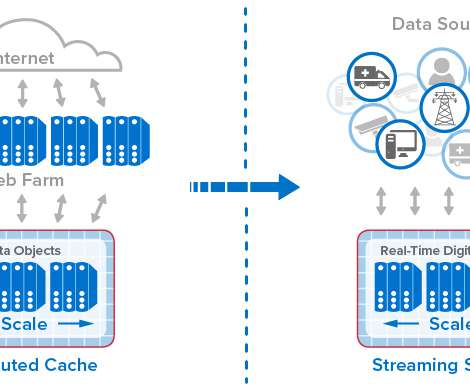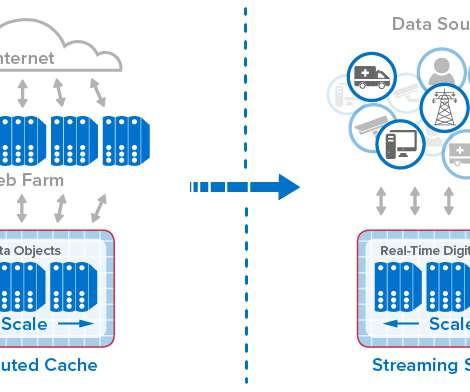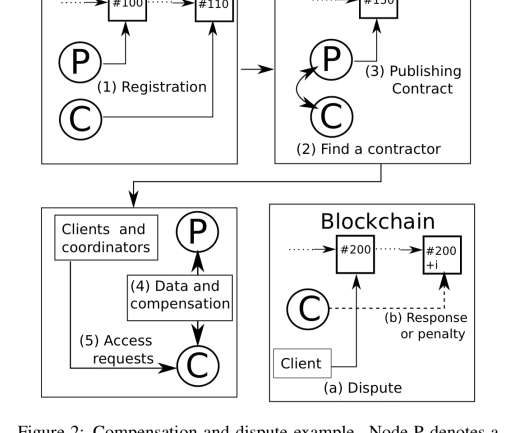The Amazing Evolution of In-Memory Computing
ScaleOut Software
JUNE 22, 2020
From Distributed Caches to Real-Time Digital Twins. Going back to the mid-1990s, online systems have seen relentless, explosive growth in usage, driven by ecommerce, mobile applications, and more recently, IoT.




















Let's personalize your content